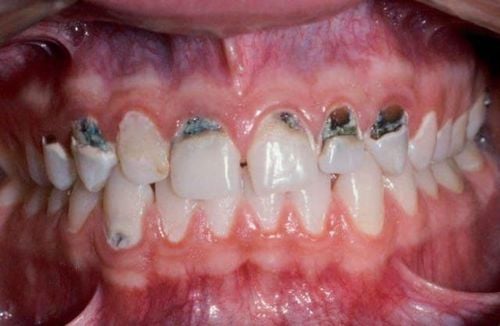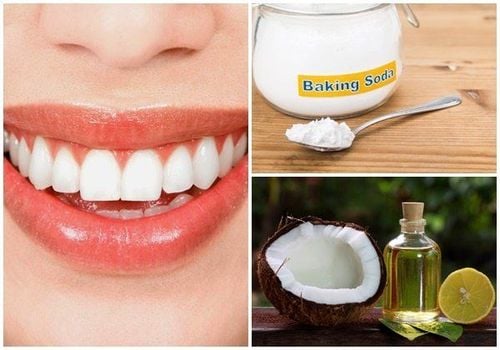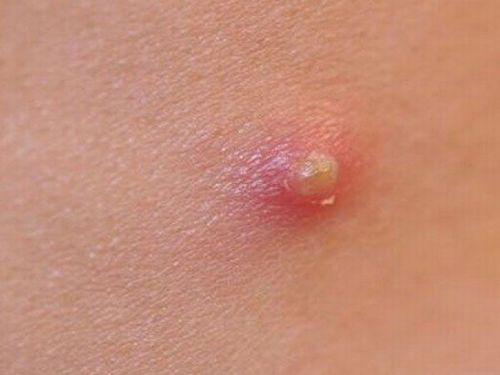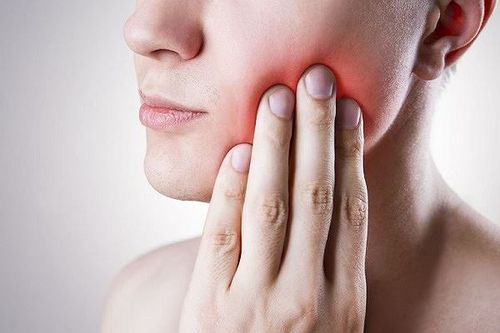Black stains on teeth, also known as black tartar, not only affect the aesthetics of your smile but can also lead to serious dental issues. Let's explore the causes, symptoms, and safest ways to remove black stains on teeth.
1. Causes of Black Stains on Teeth
Black Tartar Originates from Common Yellow Plaque. Over time, if not cleaned, these plaques can turn green, brown, or black due to various factors, affecting aesthetics and posing serious dental health risks.
Causes of Black Spots on Teeth:
- Tooth Decay: Mineralized tooth decay and advanced cavities can manifest as black spots. In mineralized tooth decay, black spots appear along the grooves of the chewing surface. Advanced cavities may also have black bases and holes on the enamel surface, making food particles more likely to get stuck.
- Plaque Buildup: After eating, if teeth are not cleaned properly, plaque can harden around the teeth and under the gums, turning brown or black over time.
- Smoking and Colored Foods: Plaque on teeth can easily absorb pigments from foods and substances consumed. Smokers or those who consume many colored foods are more likely to have stained teeth.
- Weak Enamel: Weak or deficient enamel can lead to black stains.
- Excessive Fluoride or Antibiotics: Prolonged use of fluoride or antibiotics can cause black or mottled stains on teeth.
In general, the causes of black tartar and black spots on teeth mainly stem from poor daily habits.

2. Why Remove Black Stains on Teeth?
Black stains on teeth are severe forms of tartar. If not cleaned or removed early, they can cause:
- Periodontitis and Gingivitis: Bacteria in black tartar can gradually destroy enamel and attack the gums, leading to gum inflammation and periodontal disease.
- Bad Breath: Black tartar indicates a large accumulation of bacteria, some of which produce odors, causing bad breath and affecting confidence in social interactions.
- Causes Gum Recession, Bone Loss, and Tooth Loss: Black tartar breaks the connections between the tooth and the gum, easily leading to gum recession. It also attacks the jawbone, causing bone loss, and if left untreated for a long time, it can result in tooth loss.
3. How to Remove Black Stains on Teeth
Depending on the specific cause, there are various ways to remove black stains on teeth. Here are some safe and effective methods you can try at home.
3.1. Removing Black Stains with Lemon
Lemon contains a high amount of citric acid. When citric acid comes into contact with the enamel surface, it softens the plaque, making it easier to remove tartar.
How to Use:
Prepare a fresh lemon and squeeze out the juice.
Use a toothbrush to apply the lemon juice to your teeth. Brush gently, ensuring the solution contacts all surfaces of the teeth. Brush vertically to ensure the solution reaches both the surface and the gaps between the teeth.
Finally, rinse your mouth with water.
Note: Citric acid also strongly affects natural enamel, so limit the use to once a week.
3.2. Removing Plaque with Salt
Salt not only cleans but also helps eliminate bacteria in the mouth, preventing many dental diseases.
How to Use:
Method 1: Prepare fine salt and sprinkle it on your toothbrush to brush your teeth.
Method 2: Mix salt with a little lemon juice and brush your teeth with this mixture for a few minutes to clean your teeth.
You can do this daily to increase the effectiveness of cleaning plaque on your teeth. The results will be noticeable after a few uses, with cleaner and brighter teeth.
3.3. Removing Black Stains with Baking Soda
Baking soda has many uses, including cleaning plaque and whitening teeth. It can erode tartar and soften it, creating an alkaline environment that inhibits harmful bacteria growth.
How to Use:
Method 1: Dip your toothbrush in baking soda and brush your teeth directly for two minutes.
Method 2: Mix a little baking soda with lemon juice to form a paste and brush your teeth as usual.
After a few minutes, you will see noticeable results, with cleaner and brighter teeth.
Note: Like lemon, baking soda can harm enamel if overused, so limit this method to once a week.

3.4. Professional Dental Cleaning
In fact, methods for cleaning black tartar using natural ingredients like lemon, baking soda, and salt are very simple and convenient but can only clean plaque on teeth to a certain extent. To achieve higher results, you need to persistently apply these methods many times over a long period. Moreover, if not careful when using strong acidic ingredients, users may inadvertently damage their enamel.
Therefore, if you want to remove black stains on your teeth safely, effectively, and quickly, you should consider the next option: visiting a dental clinic for tartar removal. Here, dentists will use specialized dental tools to directly target the plaque and dislodge it, thereby cleaning your teeth and preventing dental diseases caused by bacteria.
4. How to Prevent Black Stains on Teeth
To prevent black tartar, it is very important to develop daily oral hygiene habits. You can refer to the following dental care suggestions:
Brush your teeth at least twice a day with fluoride toothpaste.
Use dental floss or interdental brushes at least once a day.
Limit consumption of colored foods and prioritize eating green vegetables.
Quit smoking.
Once your teeth are cleaned and plaque is removed, it will help eliminate bad breath, improve aesthetics, and prevent dental diseases. For the best results, schedule regular dental check-ups and cleanings at least every six months. I hope the above information has provided you with the basic knowledge about black tartar and wish you always have bright, healthy teeth.
To arrange an appointment, please call HOTLINE or make your reservation directly HERE. You may also download the MyVinmec app to schedule appointments faster and manage your reservations more conveniently.













